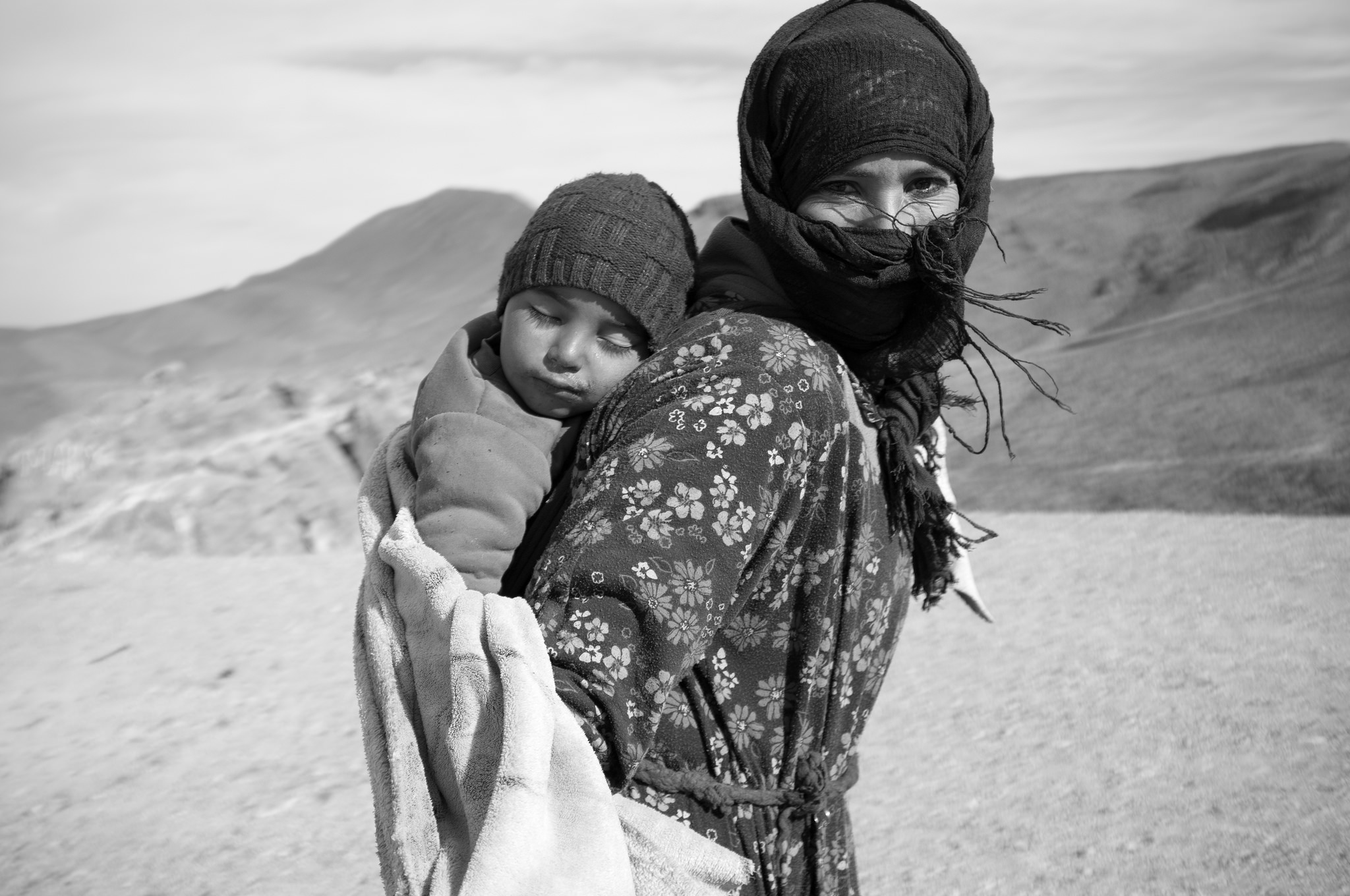The Beautiful Women behind Moroccan Argan
by Kate W. Read
TALKING. LAUGHTER. TAP. TAP. TAP.
These are the sounds that fill the all-female Argan oil collective in south west Morocco as the Berber women use large mortar and pestles to break open the hardy outer shells of the dark brown Argan nuts. Only women work to produce Morocco’s Argan Oil, and it has been that way for centuries. Hundreds-year-old lush, green Argan trees, only found in specific regions of Morocco, dot the otherwise arid landscape and produce the coveted Argan nut with its almost impenetrable shell—botanists say this is to protect the miraculous contents of the seed that somehow grow in one of the harshest climates in the world.
Once the women remove the outer shell and expose the small almond-size nuts, the nuts are then hand pressed in a large stone press that extracts the oil and leaves the nut pulp in a dark brown paste that is further hand-worked to extract even more of the treasured golden oil.
Rich in vitamin E and essential fatty acids, Argan Oil is believed to help numerous skin conditions, including acne, psoriasis, and wrinkles. It is time and labor intensive and the women estimate it takes about 130 pounds of nuts to produce 1 litre of oil, but it's a tradition they are happy to maintain.
“I am very happy,” said Charrouf. “Economically, (because) the price is increasing; socially, because the women can get outside the house and learn; and environmentally, because we can plant these trees.”
Berber woman with child. Photo by Eric Verdaasdonk
What was once an important cultural tradition is fast becoming a financial means of independence as the demand for Argan Oil increases. Today, most of the 15 million Moroccan Berbers subsist mainly on agriculture, which is traditionally the work of males. While more and more Berbers are filtering into cities, running owning and operating small shops, these endeavors are reserved for males as well. For women who are divorced or widowed, there are few opportunities to earn a living. However, with the global demand of Argan Oil increasing, working at an Argan collective affords women the opportunity to leave their homes and convene beyond just gathering at the fountain or tomb of the local saint, while also helping their families or themselves financially.
Additionally, their work is helping rejuvenate the Argan tree, which was on the brink of extinction just 30 years ago. Now, with the nuts in such high demand, UNESCO designated a 26,000 square-kilometer Argan growing region where 60,000 new trees are planted annually. These new trees serve humans in their production of the Argan nut (and thus Argan Oil) and also serve the important purpose of preventing the Sahara desert from spreading farther North. The Argan Oil collectives offer Berber women economic security, opportunities to socialize, and the environmental benefits of more Argan trees. In turn, offering the savvy skincare-obsessed consumers (like us!) 100% pure organic products that aid in creating more beautiful and radiant skin. Perhaps more importantly, we gain the understanding that with every Argan Oil product we purchase, we help another woman half-way around the world.




